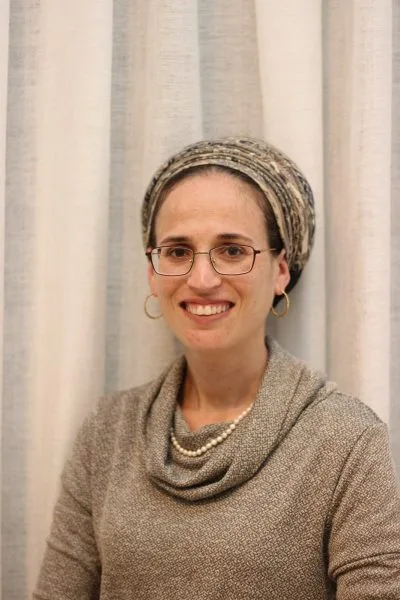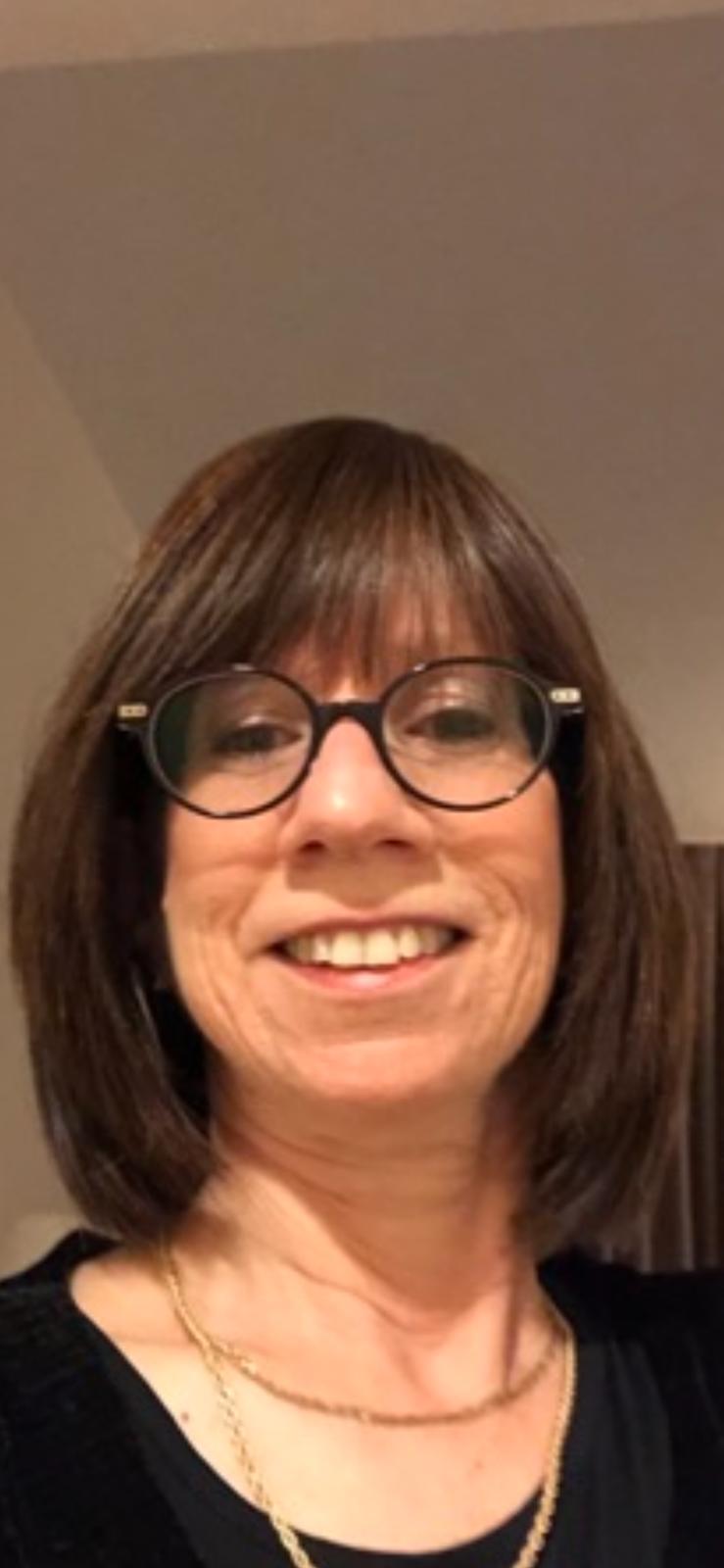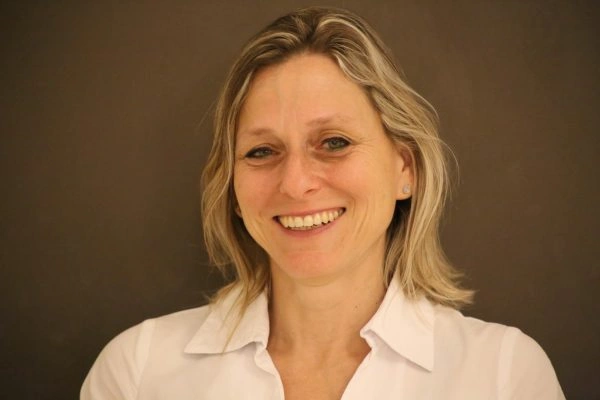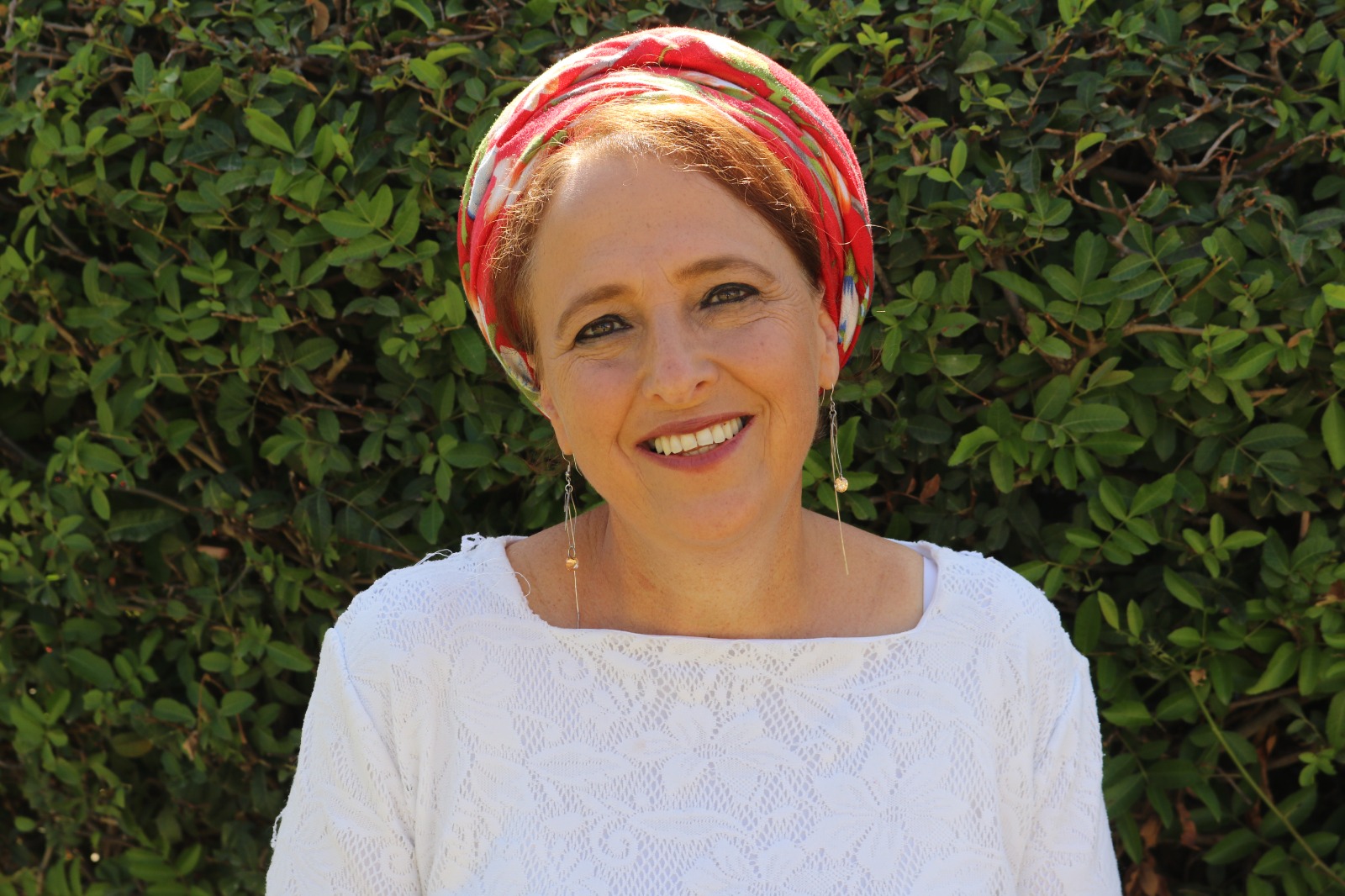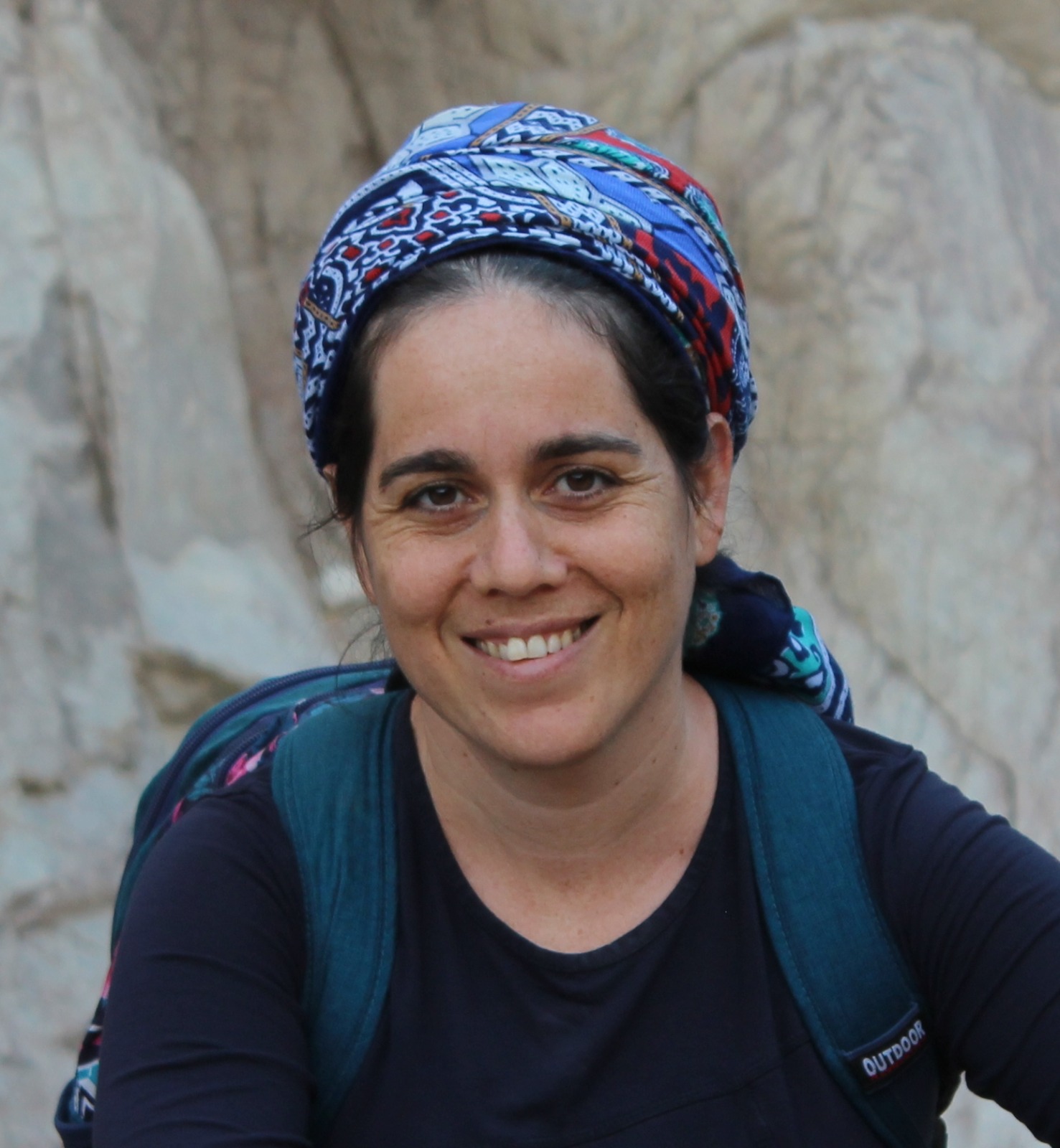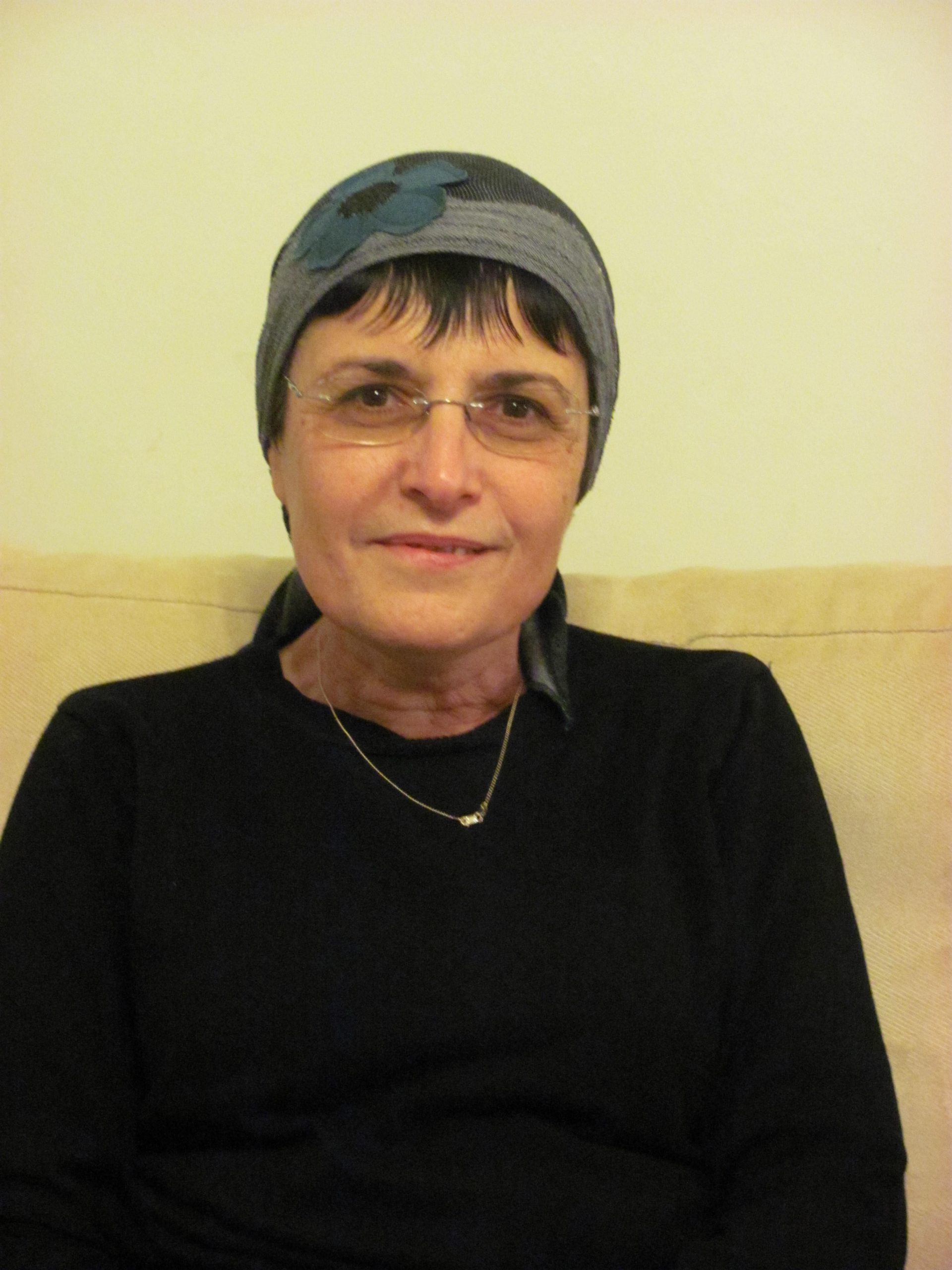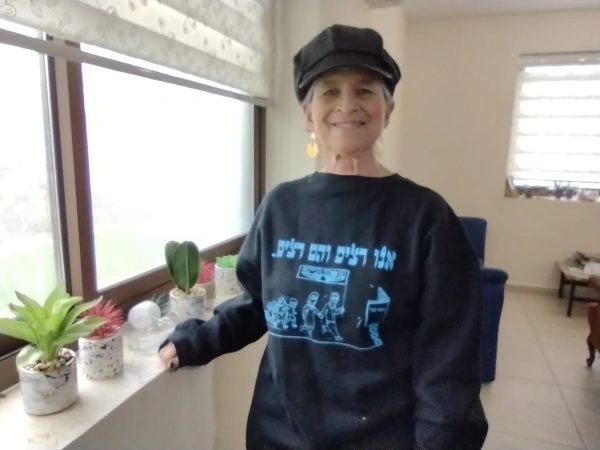השיעור מוקדש לרפואה שלמה לנתנאל אילן בן שיינע ציפורה דינים הקושרים לפגימות בסכין.
לימוד השבוע מוקדש ע”י טינה לם לע”נ יצחק מאיר בן הרב צבי אריה ואסתר בתיה.
רוצים להקדיש למידה? התחל כאן:
לימוד השבוע מוקדש ע”י טינה לם לע”נ יצחק מאיר בן הרב צבי אריה ואסתר בתיה.
העמקה
רוצה להבין מה באמת קורה מתחת לפני השטח של הסוגיה?
שיעורים, פודקאסטים והרחבות של מיטב המורות שלנו יפתחו לך עוד זוויות וכיווני חשיבה.
חדשה בלימוד הגמרא?
זה הדף הראשון שלך? איזו התרגשות עצומה! יש לנו בדיוק את התכנים והכלים שיעזרו לך לעשות את הצעדים הראשונים ללמידה בקצב וברמה שלך, כך תוכלי להרגיש בנוח גם בתוך הסוגיות המורכבות ומאתגרות.
פסיפס הלומדות שלנו
גלי את קהילת הלומדות שלנו, מגוון נשים, רקעים וסיפורים. כולן חלק מתנועה ומסע מרגש ועוצמתי.
חולין יז
וכ”ש השתא דארחיקו להו טפי
And, if so, all the more so now, in exile, when they are even more distant from the Temple, the meat of desire should be permitted. Consequently, it is unnecessary for the mishna to teach this halakha.
אלא אמר רב יוסף רבי עקיבא היא דתניא (דברים יב, כא) כי ירחק ממך המקום אשר יבחר ה’ אלהיך לשום שמו שם וזבחת מבקרך ומצאנך ר’ עקיבא אומר לא בא הכתוב אלא לאסור להן בשר נחירה שבתחלה הותר להן בשר נחירה משנכנסו לארץ נאסר להן בשר נחירה
Rather, Rav Yosef said: The tanna who teaches this halakha is Rabbi Akiva, as it is taught in a baraita with regard to the verse: “If the place that the Lord your God shall choose to put His name there be too far from you, then you shall slaughter of your herd and of your flock” (Deuteronomy 12:21), Rabbi Akiva says: The verse comes only to prohibit for them consumption of meat of an animal killed by means of stabbing rather than valid slaughter, as, initially, the meat of stabbing was permitted for them. When they entered into Eretz Yisrael, the meat of stabbing was forbidden to them, and it was permitted to eat the meat of an animal only after valid slaughter.
ועכשיו שגלו יכול יחזרו להתירן הראשון לכך שנינו לעולם שוחטין:
Rav Yosef added: And now that the Jewish people were exiled, might one have thought that stabbed animals are restored to their initial permitted state? Therefore, we learned in the mishna: One must always slaughter the animal to eat its meat.
במאי קמיפלגי רבי עקיבא סבר בשר תאוה לא איתסר כלל ר’ ישמעאל סבר בשר נחירה לא אישתרי כלל
The Gemara asks: With regard to what principle do they disagree? The Gemara answers that Rabbi Akiva holds: The meat of desire was not forbidden at all, and Rabbi Yishmael holds: The meat of stabbing was not permitted at all.
בשלמא לרבי ישמעאל היינו דכתיב (ויקרא א, ה) ושחט את בן הבקר אלא לרבי עקיבא מאי ושחט קדשים שאני
The Gemara asks a series of questions: Granted, according to Rabbi Yishmael, who holds that the meat of stabbing was forbidden in the wilderness, that is the meaning of that which is written with regard to the burnt offerings sacrificed in the Tabernacle: “And he shall slaughter the young bull” (Leviticus 1:5). But according to Rabbi Akiva, what is the meaning of: “And he shall slaughter”? Why would he slaughter it if stabbing is permitted? The Gemara answers: Sacrificial animals are different, as slaughter is required in that case. By contrast, there was no obligation to slaughter non-sacrificial animals to eat their meat.
בשלמא לרבי ישמעאל היינו דכתיב (במדבר יא, כב) הצאן ובקר ישחט להם אלא לר’ עקיבא מאי הצאן ובקר ישחט להם ינחר להם מיבעי ליה נחירה שלהן זו היא שחיטתן
Granted, according to Rabbi Yishmael, who holds that the meat of stabbing was forbidden in the wilderness, that is the meaning of that which is written: “Will flocks and herds be slaughtered for them” (Numbers 11:22), indicating that they slaughtered the animals in the wilderness. But according to Rabbi Akiva, what is the meaning of: “Will flocks and herds be slaughtered for them”? Ostensibly, the words: Be stabbed for them, should have been written. The Gemara answers: In the wilderness, their stabbing is their slaughter.
בשלמא לר’ ישמעאל היינו דתנן השוחט ונתנבלה בידו והנוחר והמעקר פטור מלכסות אלא לר’ עקיבא אמאי פטור מלכסות
Granted, according to Rabbi Yishmael, that is the meaning of that which we learned in a mishna (85a) with regard to the mitzva of covering the blood of an undomesticated animal or a bird: One who slaughters an undomesticated animal and the slaughter is not valid and it became an unslaughtered carcass by his hand, and one who stabs an animal, and one who rips the simanim from their place before cutting them, invalidating the slaughter, is exempt from covering the blood. One must cover the blood of only an animal whose slaughter was valid. But according to Rabbi Akiva, why is one exempt from covering the blood of an animal that was stabbed, since in his opinion when they were commanded to cover blood, animals that were stabbed were permitted?
הואיל ואיתסר איתסר
The Gemara answers: Since the meat of stabbing was forbidden, it was forbidden, and the halakhic status of stabbing is no longer that of slaughtering.
בשלמא לר’ עקיבא דאמר בשר תאוה לא איתסר כלל היינו דכתיב (דברים יב, כב) אך כאשר יאכל את הצבי ואת האיל כן תאכלנו אלא לרבי ישמעאל צבי ואיל גופיה מי הוי שרי
Granted, according to Rabbi Akiva, who says that the meat of desire was not forbidden at all, that is the meaning of that which is written before they entered Eretz Yisrael: “However, as the gazelle and as the deer is eaten, so shall you eat of it, the pure and the impure may eat of it alike” (Deuteronomy 12:22). This means that just as it is permitted to eat the meat of a gazelle and a deer in the wilderness in a state of ritual impurity, so may you eat them when you enter Eretz Yisrael, although at that point it will be prohibited to stab them and eat their meat, as their meat will be permitted only through slaughter. But according to Rabbi Yishmael, who holds that the meat of desire was forbidden in the wilderness, were the gazelle and the deer themselves permitted in the wilderness? They are not brought as offerings.
כי אסר רחמנא בהמה דחזיא להקרבה אבל חיה דלא חזיא להקרבה לא אסר רחמנא
The Gemara answers: When the Merciful One rendered the meat of desire forbidden, that was specifically the meat of a domesticated animal that is fit for sacrifice. But the Merciful One did not render forbidden undomesticated animals that are not fit for sacrifice.
בעי רבי ירמיה אברי בשר נחירה שהכניסו ישראל עמהן לארץ מהו
§ Rabbi Yirmeya raises a dilemma according to the opinion of Rabbi Akiva, who says that the meat of stabbing was permitted in the wilderness: With regard to the limbs of the meat of stabbing that the Jewish people took with them into Eretz Yisrael, what is their halakhic status?
אימת אילימא בשבע שכבשו השתא דבר טמא אישתרי להו דכתיב (דברים ו, יא) ובתים מלאים כל טוב ואמר ר’ ירמיה בר אבא אמר רב כתלי דחזירי בשר נחירה מבעיא
The Gemara asks: When? With regard to what period does Rabbi Yirmeya raise his dilemma? If we say that the dilemma is with regard to the seven years during which they conquered the land, now, non-kosher items were permitted for them during that period, as it is written: “And it shall be, when the Lord your God shall bring you into the land that He swore to your fathers, and houses full of all good things…and you shall eat and be satisfied” (Deuteronomy 6:10–11), and Rabbi Yirmeya bar Abba says that Rav says: Cuts of pig meat [kotlei daḥazirei] that they found in the houses were permitted for them; is it necessary to say that the meat from the stabbing of a kosher animal was permitted?
אלא לאחר מכאן ואיבעית אימא לעולם בשבע שכבשו כי אשתרי להו שלל של עובדי כוכבים דידהו לא אישתרי תיקו
Rather, Rabbi Yirmeya’s dilemma is with regard to the period thereafter. And if you wish, say instead: Actually, his dilemma is with regard to the seven years during which they conquered the land, as perhaps when the forbidden food was permitted for them, it was specifically food from the spoils of gentiles, but their own forbidden food was not permitted. The Gemara concludes: The dilemma shall stand unresolved.
אמר רבה שנית הכל שוחטין ולעולם שוחטין בכל שוחטים מאי משנית ליה
§ Rabba says: You explained the phrases in the mishna: All slaughter, and: One may always slaughter. In what way do you explain the phrase: One may slaughter with any item that cuts?
וכי תימא בין בצור בין בזכוכית בין בקרומית של קנה הא דומיא דהנך קתני אי הנך בשוחטין האי נמי בשוחטין ואי הנך בנשחטין האי נמי בנשחטין
And if you would say that it means: Whether with a flint, or with glass shards, or with the stalk of a reed, but isn’t this phrase taught in a manner similar to those other phrases in the mishna? If these phrases: All slaughter, and: One may always slaughter, are referring to those that slaughter, this phrase too is referring to those that slaughter; and if those phrases are referring to those that are slaughtered, this phrase too is referring to those that are slaughtered. The first two phrases in the mishna were explained as referring to the animals that are slaughtered. The first phrase was interpreted to include birds, and the second phrase was interpreted as referring to the halakha that meat may be eaten only through slaughter of the animal.
אלא אמר רבא הכל שוחטין חדא לאתויי כותי וחדא לאתויי ישראל מומר לעולם שוחטין בין ביום בין בלילה בין בראש הגג בין בראש הספינה בכל שוחטין בין בצור בין בזכוכית בין בקרומית של קנה:
Rather, Rava said that the entire mishna is referring to those that slaughter. The initial phrase means everyone [hakkol] slaughters. Although an identical phrase was used in the first mishna (2a), both are necessary: One is to include a Samaritan and one is to include a Jewish transgressor. The second phrase: One may always slaughter, means both during the day and at night, both on a rooftop and atop a ship, and there is no concern that it will appear that he is slaughtering in an idolatrous manner to the hosts of heaven or to the god of the sea. The phrase: One may slaughter with any item that cuts, means: Whether with a flint, or with glass shards, or with the stalk of a reed.
חוץ ממגל קציר והמגירה: אבוה דשמואל פגם ושדר פגם ושדר שלחו ליה כמגירה שנינו
The mishna states: Except for the serrated side of the harvest sickle, and the saw. Shmuel’s father would notch a knife and send it to Eretz Yisrael to ask if it is fit for slaughter, and would notch a knife in a different manner and send it to Eretz Yisrael in order to determine the type of notch that invalidates slaughter. They sent to him from Eretz Yisrael that the principle is: We learned that the notch that invalidates slaughter is like a saw, whose teeth point upward, as it rips the simanim with every draw of the knife back and forth.
תנו רבנן
The Sages taught in a baraita:
סכין שיש בה פגימות הרבה תידון כמגירה ושאין בה אלא פגימה אחת אוגרת פסולה מסוכסכת כשרה היכי דמיא אוגרת היכי דמיא מסוכסכת א”ר אליעזר אוגרת משתי רוחות מסוכסכת מרוח אחת
The status of a knife in which there are several notches is considered like that of a saw; and with regard to a knife in which there is only one notch, if it catches, the slaughter is unfit, but if it entangles [mesukhsekhet], the slaughter is fit. What are the circumstances of a notch that catches, and what are the circumstances of a notch that entangles? Rabbi Eliezer said: A notch that catches is one that has a sharp edge on two sides, while a notch that entangles is one that has a sharp edge on one side.
מאי שנא משתי רוחות דמורשא קמא מחליש ומורשא בתרא בזע מרוח אחת נמי חורפא דסכינא מחליש מורשא בזע דקאים ארישא דסכינא סוף סוף כי אזלא מחלשא כי אתא בזע כגון שהוליך ולא הביא
The Gemara challenges this explanation: What is different about a notch with a sharp edge on two sides, where the first edge [moresha] compromises the neck by removing the hide and the flesh, and the latter edge rips the simanim; in the case of a notch with a sharp edge on one side too, the sharp tip of the knife compromises the neck and the edge of the notch rips the simanim. The Gemara explains: The reference is to a notch that stands at the top of the knife, which begins the slaughter. The Gemara objects: Ultimately, when the knife goes in one direction it compromises the neck and when it comes back in the other direction it rips the simanim. The Gemara explains: The reference is to a case where he drew the knife backward and did not draw it forward.
אמר רבא ג’ מדות בסכין אוגרת לא ישחוט ואם שחט שחיטתו פסולה מסוכסכת לא ישחוט בה לכתחלה ואם שחט שחיטתו כשרה עולה ויורד בסכין שוחט בה לכתחלה
Rava says: There are three types of notches in a knife. If the notch catches, one may not slaughter with it, and if he slaughtered, his slaughter is not valid. If the notch entangles, one may not slaughter with it ab initio; and if he slaughtered with it, his slaughter is valid after the fact. If the notch rises and falls in the knife and has no sharp edges, one may slaughter with it ab initio.
א”ל רב הונא בריה דרב נחמיה לרב אשי אמרת לן משמיה דרבא מסוכסכת פסולה והא (אמר רבא) מסוכסכת כשרה לא קשיא כאן שהוליך והביא כאן שהוליך ולא הביא
Rav Huna, son of Rav Neḥemya, said to Rav Ashi: You said to us in the name of Rava that if the notch entangles, the slaughter is not valid. But doesn’t Rava say: If the notch entangles, the slaughter is valid? Rav Ashi answers: This is not difficult. Here, where Rava says that the slaughter is not valid, is in a case where he drew the knife back and forth. There, where Rava says that the slaughter is valid, is in a case where he drew the knife backward and did not draw it forward.
אמר ליה רב אחא בריה דרב אויא לרב אשי דמיא לסאסאה מאי אמר ליה מאן יהיב לן מבשריה ואכלינן
Rav Aḥa, son of Rav Avya, said to Rav Ashi: If the knife was similar to an awn of grain [sasa], which is not perfectly smooth but does not have actual notches, what is the halakha? Rav Ashi said to him: Who will give us from the meat of an animal slaughtered with that knife, and we will eat it.
אמר רב חסדא מנין לבדיקת סכין מן התורה שנאמר (שמואל א יד, לד) ושחטתם בזה ואכלתם
§ Rav Ḥisda says: From where is it derived that examination of a knife is an obligation by Torah law? It is derived from a verse, as it is stated with regard to Saul’s instructions to the people: “And slaughter with this and eat” (I Samuel 14:34), indicating that Saul gave them the knife only after ensuring that it was fit to slaughter their animals.
פשיטא כיון דכי נקב טריפה בעיא בדיקה לחכם קאמרינן והאמר רבי יוחנן לא אמרו להראות סכין לחכם אלא מפני כבודו של חכם מדרבנן וקרא אסמכתא בעלמא הוא
The Gemara asks: Isn’t it obvious that a knife must be examined before slaughter? Since were one to create a perforation in the gullet, the animal would be a tereifa, therefore the knife requires examination to prevent that situation. The Gemara answers: We are saying that a source for the halakha that one must show the knife to a Torah scholar for examination is needed. The Gemara asks: Is that an obligation by Torah law? But doesn’t Rabbi Yoḥanan say that the Sages said to show the knife to a Torah scholar only due to the requirement to show deference to the Torah scholar? The Gemara answers: Indeed, it is a requirement by rabbinic law, and the verse is cited as a mere support for that practice, not as a source.
במערבא בדקי לה בשימשא בנהרדעא בדקו לה במיא רב ששת בדק לה בריש לישניה רב אחא בר יעקב בדק לה בחוט השערה
The Gemara notes: In the West, Eretz Yisrael, they examine the knife in the sun to determine whether there is a notch. In Neharde’a they examine the knife with water. They would place the blade on the surface of the water, and if there was a notch, it would noticeably alter the surface of the water. Rav Sheshet would examine it with the tip of his tongue. Rav Aḥa bar Ya’akov would examine it with a strand of hair. He would pass the strand over the blade of the knife and if there was a notch, it would be caught in that notch.
בסורא אמרי בישרא אכלה בישרא לבדקה אמר רב פפא צריכא בדיקה אבישרא ואטופרא (ואתלתא רוחתא)
In Sura they say: The knife consumes the flesh; let the flesh examine the knife. Since the concern is that the knife will rip the flesh during the slaughter, it should be examined by passing it on the tongue or the fingertip. Rav Pappa said: The knife requires examination on the flesh, and on the fingernail, and on the three sides of the knife, i.e., the blade and the two sides of the knife.
אמר ליה רבינא לרב אשי אמר לן רב סמא בריה דרב משרשיא משמך דאמרת ליה משמיה דרבא צריכא בדיקה אבישרא ואטופרא ואתלתא רוחתא אמר ליה אבישרא ואטופרא אמרי ואתלתא רוחתא לא אמרי איכא דאמרי אבישרא ואטופרא ואתלתא רוחתא אמרי משמיה דרבא לא אמרי
Ravina said to Rav Ashi: Rav Sama, son of Rav Mesharshiyya, said to us in your name that which you said to him in the name of Rava: The knife requires examination on the flesh, and on the fingernail, and on the three sides. Rav Ashi said to Ravina: On the flesh and on the fingernail I said, and on the three sides I did not say. There are those who say that Rav Ashi said to him: On the flesh and on the fingernail and on the three sides I said, and in the name of Rava I did not say.
רבינא ורב אחא בריה דרבא הוו יתבי קמיה דרב אשי אייתו סכין לקמיה דרב אשי לבדקה אמר ליה לרב אחא בריה דרבא בידקא בדקה אטופרא ואבישרא ואתלתא רוחתא אמר ליה יישר וכן אמר רב כהנא
Ravina and Rav Aḥa, son of Rava, were sitting before Rav Ashi. People brought a knife before Rav Ashi to examine it. Rav Ashi said to Rav Aḥa, son of Rava: Examine it. He examined it on the fingernail, and on the flesh, and on the three sides. Rav Ashi said to him: Well done, and Rav Kahana likewise said that this is the way to examine a knife.
רב יימר אמר אטופרא ואבישרא צריכא אתלתא רוחתא לא צריכא מי לא א”ר זירא אמר שמואל ליבן סכין ושחט בה שחיטתו כשרה שחידודה קודם לליבונה וקשיא לן האיכא צדדין ואמרינן בית השחיטה מרווח רווח הכא נמי בית השחיטה מרווח רווח
Rav Yeimar said: Examination on the fingernail and on the flesh is necessary, and examination on the three sides is not necessary. Doesn’t Rabbi Zeira say that Shmuel says: If one heated a knife until it became white hot and slaughtered an animal with it, his slaughter is valid, as its sharp blade preceded the effect of its white heat; and it is difficult for us: But aren’t there the sides of the knife, which burn the throat and render the animal a tereifa? And we say: The area of the slaughter in the throat separates quickly after the incision, and the tissue on either side of the incision is not seared by the white hot blade. Here too, the area of slaughter separates quickly, and notches on the side of the knife do not come in contact with the simanim.
אמר רב הונא בר רב קטינא אמר רבי שמעון בן לקיש שלש פגימות הן פגימת עצם בפסח פגימת אוזן בבכור פגימת מום בקדשים
§ Rav Huna bar Rav Ketina says that Rabbi Shimon ben Lakish says that there are three deficiencies with the same measure, as follows: The deficiency of a bone in the Paschal offering, with regard to which it is written: “Neither shall you break a bone therein” (Exodus 12:46); the deficiency of an ear in a firstborn animal that renders it blemished and unfit for sacrifice, in which case a priest may slaughter it anywhere and eat it; and the deficiency that constitutes a blemish in other forms of sacrificial animals.
ורב חסדא אמר אף פגימת סכין ואידך בחולין לא קא מיירי
And Rav Ḥisda says: There is the deficiency of a knife as well. The Gemara asks: And the other amora, Rabbi Shimon ben Lakish, why does he not include the knife? The Gemara answers: He does not include it because he is not speaking with regard to non-sacred animals.
וכולן פגימתן כדי פגימת המזבח
Rav Ḥisda continues: And with regard to all of these deficiencies, the measure of their deficiency is equivalent to the measure of deficiency that renders the altar unfit.























